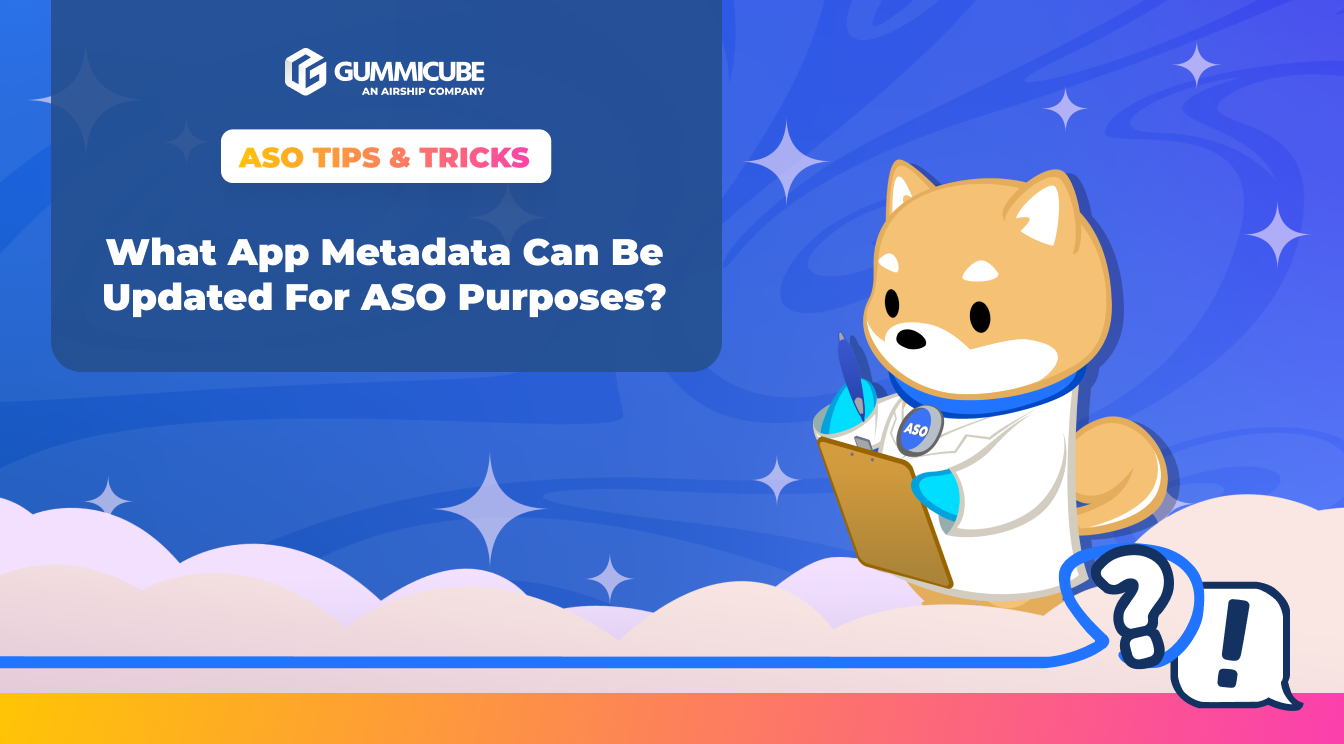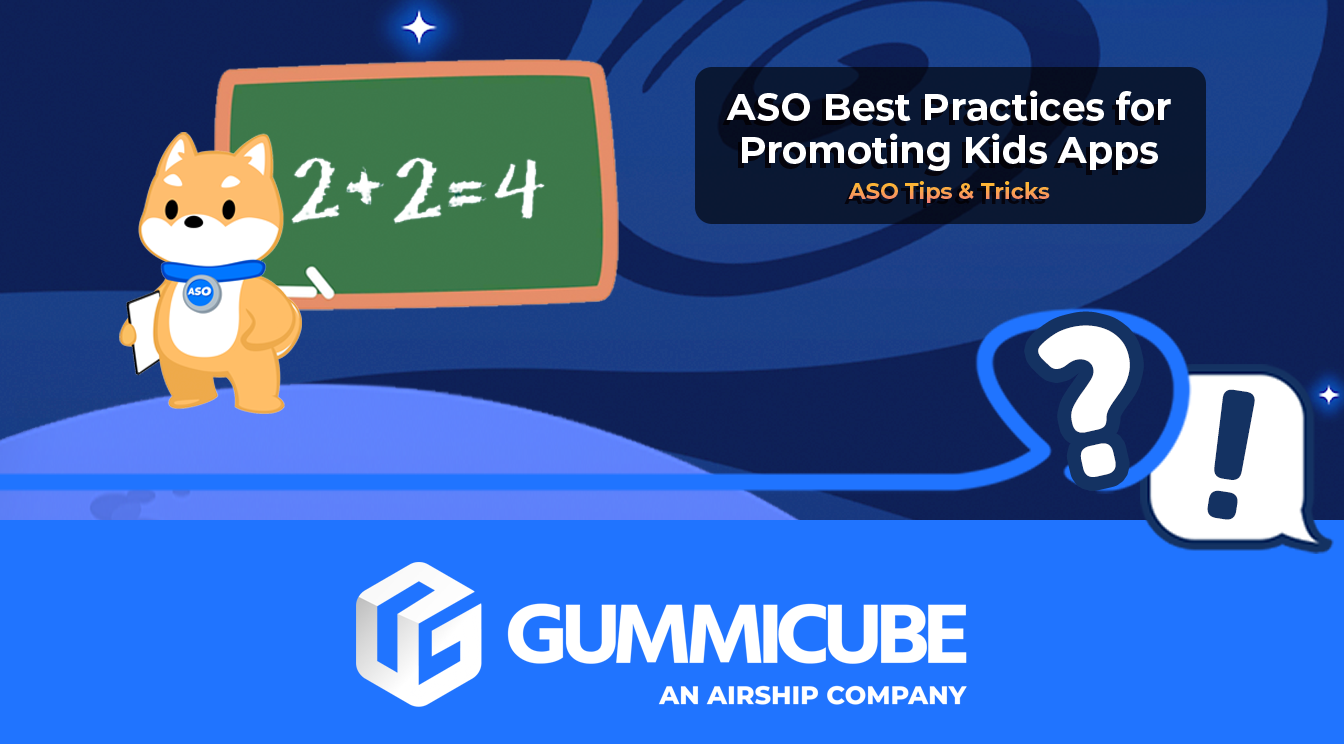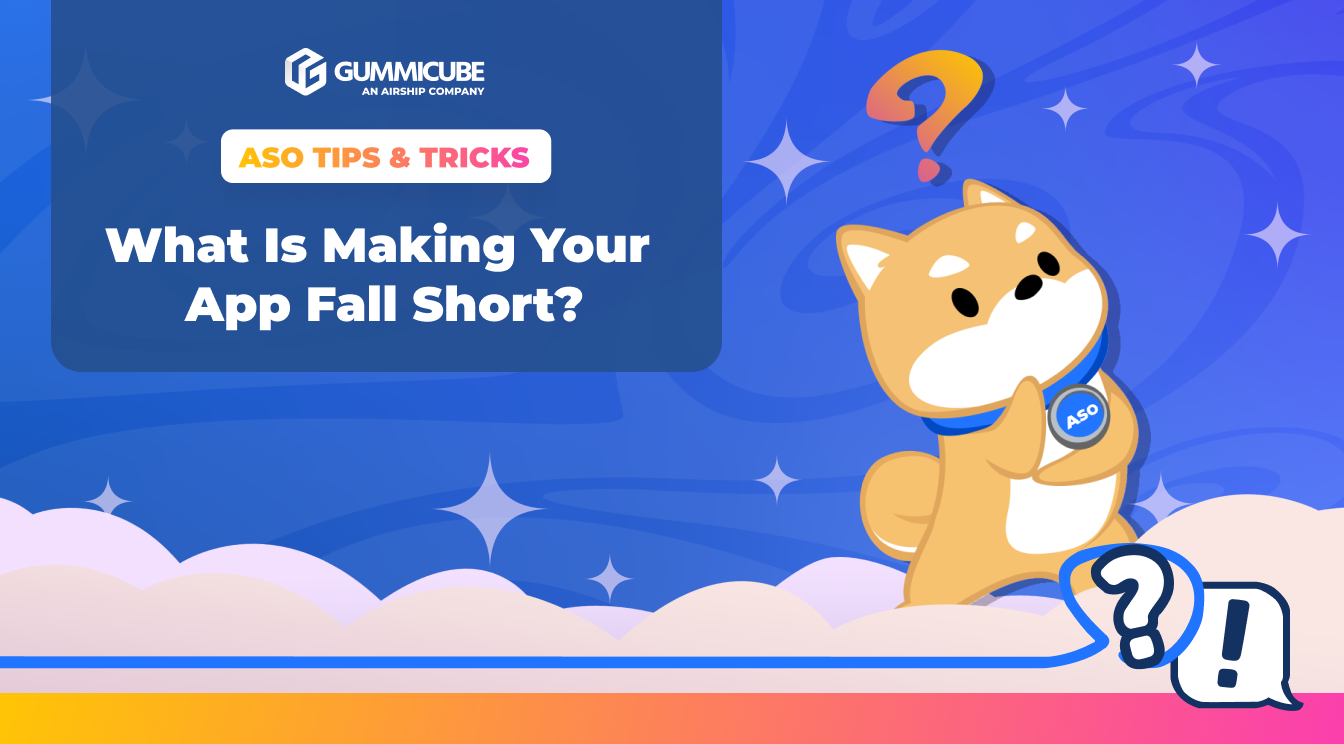
What App Metadata Can Be Updated for ASO Purposes
Posted on December 5th, 2025
Optimizing metadata is one of the most high-impact actions developers can take to strengthen their App Store presence. Read more to discover winning strategies.

Each app category in both App Stores presents unique opportunities to connect with a specific audience. Whether you are building a mobile game, an educational tool, or an Interactive learning platform, the way you market your app and position it within its category can determine how effectively it stands out. With so many educational and entertainment apps competing for attention, success depends on how well your app appeals to both parents searching for trustworthy content and the algorithms that power app discovery.
App Store Optimization (ASO) is an essential part of that success. By refining your app metadata, keywords, and visual elements, you can create more opportunities for your app to appear in relevant search results and convert Impressions into downloads. The following sections break down key ASO best practices for kids' apps, covering everything from metadata optimization to compliance requirements and visual strategies that drive results.
Your app listing is the first impression potential users will have of your brand. For kids apps, this listing must strike a balance between fun, safety, and clarity. It should capture the attention, communicate value, and show parents that your app is designed with children's privacy and learning in mind. Every element within your listing, from your title to your screenshots, plays a role in determining your app's visibility and download potential.
Your app title is one of the most important factors for ASO. It should immediately convey what your app offers while incorporating relevant high-volume keywords that improve search rankings. When optimizing titles for kids' apps, Clarity always comes first. For example, if your app is an educational kids' app, it makes sense to include educational target keywords in your app title or subtitle. However, if your app is a kids' art app, using creative and fun language that showcases your app’s features makes sense.
Use your app subtitle to expand on your app's features or highlight secondary keywords. Together, your title and subtitles should tell a cohesive story about what your app provides and who it is designed for. Avoid filler words or unnecessary punctuation that do not contribute to your keyword relevance or overall readability. You have 30 characters for your app title and an additional 30 characters for your app subtitle. Use each character wisely in order to convey your app in the way you want it to be perceived.
For kids' apps, the true audience is often parents and caregivers. They're the ones performing searches and making download decisions. That means your metadata strategy should reflect parental search intent and clear app functionality.
Developers should also clearly define the age range their app is intended for. The tone, language, and visuals for a preschool learning app will differ significantly from those of a gaming app for preteens. Communicating the right age Target ensures parents understand exactly who your app is designed for.
Compliance and data privacy are essential in this app category. Parents expect transparency and safety when downloading apps for their children, so maintaining clear and accurate metadata that reflects these values builds credibility and trust.
App keyword research is where data and creativity intersect. ASO tools like DATACUBE can reveal high-volume keywords by showing which terms have strong search volume, the relevance in your category, and how your competitors are ranking for them as well.
If your app focuses on early learning, consider keywords like:
If your app focuses on art skills for kids, consider keywords like:
Balancing specificity and reach is key. Targeting overly broad keywords can attract the wrong audience, while overly niche ones might limit your visibility. Effective keyword optimization helps your app reach users who are most likely to download and engage.
While metadata improves visibility, visual elements drive conversion rates. Your app icon, screenshots, and App Store videos shape how potential users perceive your brand. For kids' apps, those visuals must be bright, engaging, and intuitive.
Your icon is often the first element users notice, so it should convey your app's theme and purpose at a glance. For this app category, simple and colorful designs tend to perform best. Use bold, friendly imagery that represents your app's concept without overcrowding the space. icons featuring characters, familiar objects, or playful symbols often help capture attention.
Test multiple variations through A/B Testing to find which design resonates most with your audience. A strong icon helps your app Stand Out Among competing listings and creates instant recognition.
App screenshots visually demonstrate your functionality and tone. For kids' apps, each screenshot should highlight a specific feature or learning benefit while maintaining a sense of energy and fun.
Effective screenshots typically include:
Avoid using generic stock images. Parents and users respond best to visuals that reflect real gameplay or educational content. A/B test different screenshot layouts and messaging to see which generates the highest conversion rate.
App store videos provide an engaging way to show your app in action. They can highlight gameplay, educational features, or creative Tools in a short, visually dynamic format.
For best results, keep videos between 15 and 30 seconds long and focus on clear storytelling. Use text overlays to emphasize features and benefits. If your app is educational, highlight key learning outcomes. If it's entertainment-focused, showcase fun interaction and creativity.
A strong video can reassure parents that your app is safe, engaging, and age-appropriate while increasing your potential conversion rate.
Before publishing a kid's app, developers must ensure compliance with each platform's rules around content, privacy, and functionality. Both Apple and Google have strict guidelines to protect children and provide parents with transparency.
Apple's mission is to create technology that enriches lives while prioritizing safety and privacy. In this app category, developers must disclose details about sensitive content, user interactions, and data handling practices prior to submission.
Key areas to address include:
By ensuring accuracy and transparency, developers demonstrate a commitment to user protection and compliance within Apple's ecosystem.
Google Play’s Family Policy Requirements apply to all apps designed for children or families. Apps that meet the standards may qualify for Google's teacher-approved program, which highlights quality educational content.
Core compliance areas include:
Google's policies are designed to ensure that kids' apps deliver safe, transparent, and age-appropriate experiences. Following these requirements protects users while reducing the risk of policy violations or app removal.
Promoting a kid's app in today's Marketplace requires a strategic blend of creativity, compliance, and data-driven optimization. ASO best practices are not about a quick win but about creating lasting opportunities for visibility and trust. By refining your app title, subtitle, keyword strategy, maintaining strong visuals, and adhering to platform-specific guidelines, you can build an app presence that connects with parents and engages young users.
When done strategically, ASO helps your app stand out and search results, increase conversion rates, and support long-term success. For this app category, this balance of fun, functionality, and safety is what transforms visibility into meaningful growth over time.
If you're looking to strengthen your kids' app visibility and performance across both App Store and Google Play Store, Gummicube’s ASO services are here to help. We can help you target your ideal audience while maintaining compliance and trust. Reach out today, and we can explore how we can help create more opportunities for your app to succeed.

Optimizing metadata is one of the most high-impact actions developers can take to strengthen their App Store presence. Read more to discover winning strategies.

App keyword research is a crucial part of developing a winning ASO strategy. Read more to discover ASO tools & strategies to elevate your app listing.

App seasonality is one of the most powerful and most overlooked opportunities in ASO. Ignoring it means missing moments when users are searching most actively.